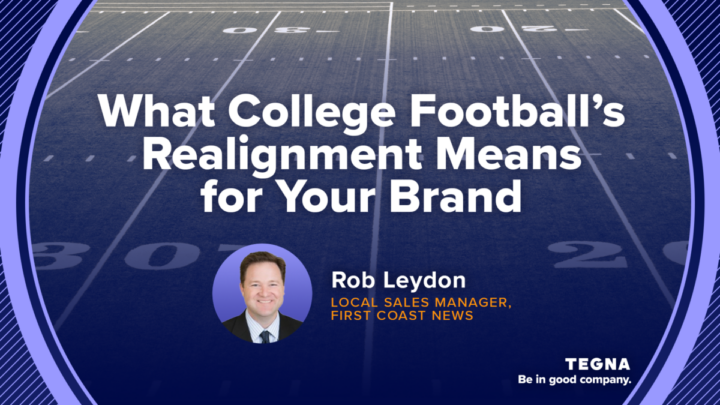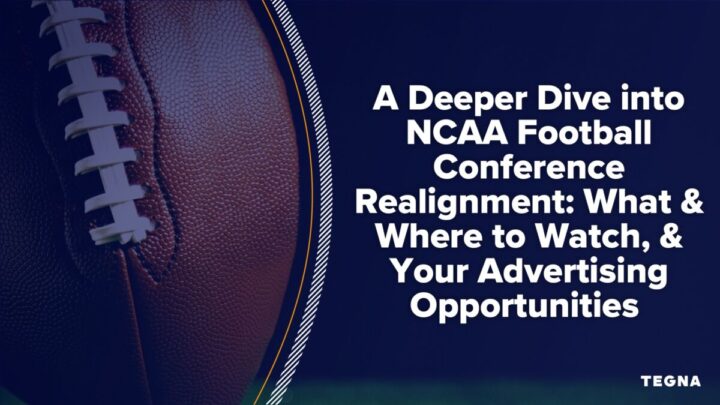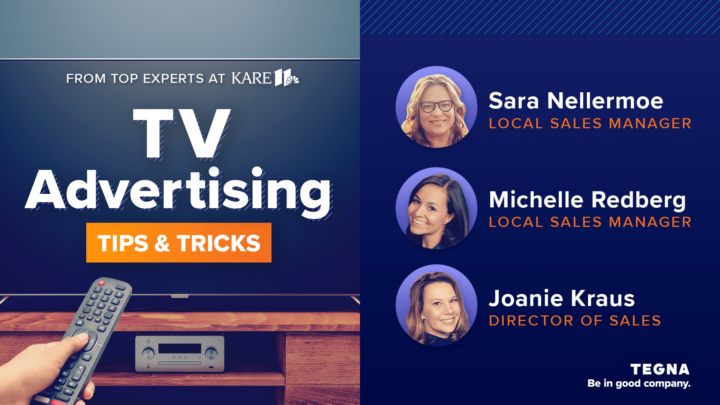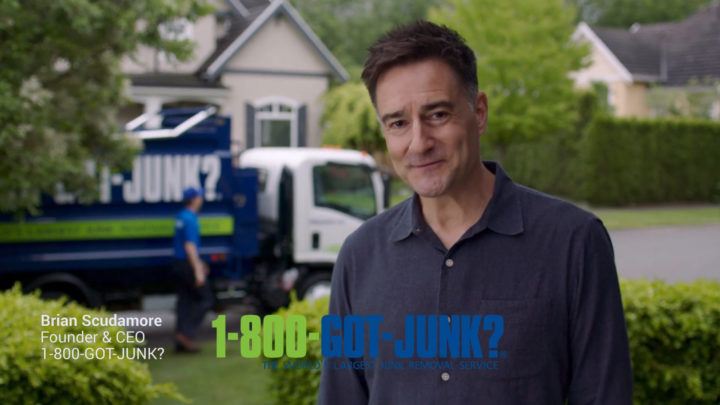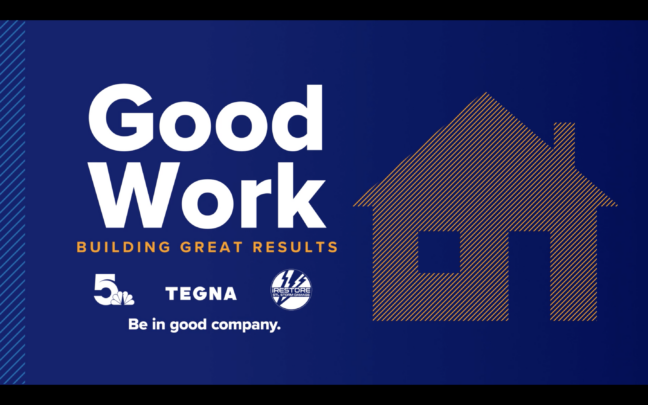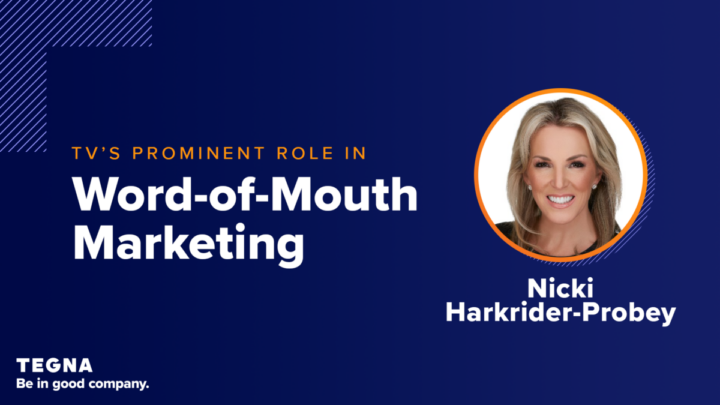3 Keys for a Local Financial Brand’s Success
The pandemic has caused major financial struggles for many Americans. Financial service providers, however, are in a unique position to help ease stress and provide hope. How does a financial brand get connected to its audience? Learn the keys to success in this new COVID-19 reality.

There’s no doubt that the coronavirus has changed the way consumers think about their money. Since March of 2020, 76% of Americans say they have experienced a great deal of disruption, and 56% say it’s very or somewhat likely that their household will experience ”major financial struggles” because of the pandemic – and that’s a significant amount of people.
As most of the country faces financial uncertainty, financial brands, borrowers, lenders, and advisors help clients achieve peace of mind. Whether it’s risk management and insurance planning, tax planning, retirement planning, portfolio management, debt management, emergency funds management, estate planning, small business planning, cash flow analysis, legacy, or charitable planning, here are three ways finance brands can establish themselves as preferred advisors.
Be a Trusted Local Voice & Expert
A Pew Research Center study released in April shows that 89% of US adults said they are following news about the outbreak of coronavirus closely. Local news ratings and digital metrics are seeing record highs as consumers turn to trusted local information providers for the latest on COVID’s impact. With this in mind, it’s more important than ever for financial brands to make sure their broadcast media strategy is alive and well.
At TEGNA, (which operates 62 television stations in 51 markets), financial brands have an opportunity to use creative and engaging messaging to position themselves as local experts on the subject matter, experts at the ready to ease financial stress.
For example, a financial brand can help broadcast audiences learn financial responsibility in the COVID-19 era with appearances on TEGNA’s Lifestyle shows, taped long-form segments, content partnerships, as well as with 30-second spots.
From a digital perspective, TEGNA’s websites and mobile apps reach an average of 35 million digitally each month, and sponsorships of these platforms come in a variety of forms including display ads, pre-roll digital video, high-impact unit and more. They act as the perfect digital complement to TV campaigns. Together, the combination reaches a wide, local audience searching for news and information that helps them with their life’s planning.
Targeting the Right Local Audience
With COVID-19, consumers’ financial mindsets changed overnight. Now, Baby Boomers are looking to retire in the next 12 to 24 months (which is at the highest level of consumer interest in five years), and Millennials are looking for loan and asset protection for things like a home remodel. With all these shifts, audience targeting has never been more important for financial services brands looking to reach the right audience.
TEGNA’s OTT capabilities allow financial services brands to target very specific and valuable audiences, including those:
- In the market for financial services
- Who has a high school education or some college
- Representing key age demographics, i.e., A35-64 or 65+
- In affluent households, e.g., those with income $150K+ or $250K+
- With a home value of $750K+
Best Practices to Adapt to the ‘New Normal’
Building up brand equity to be the local expert doesn’t happen overnight. It also requires the right targeting, and following a few best practices. Here are a few to follow in the COVID-19 era.
1. Adapt to changing consumer habits. Most targeted audiences now want social distancing, no-contact and online services for things like loan applications, refinance, and building of accounts for a higher value.
2. Aggressive offers. For example, home and auto loans could offer no payment for 90 days and low APR (even below 2% in some cases). Many national banks have also offered large bonuses for opening checking accounts – as high as $500 at Associate Bank and $450 at HSBC bank.
3. Creative messaging. How have you adjusted your messaging in this new era? Creative humor could help connect with Baby Boomers, while empathy and hope remain successful themes for campaigns.


